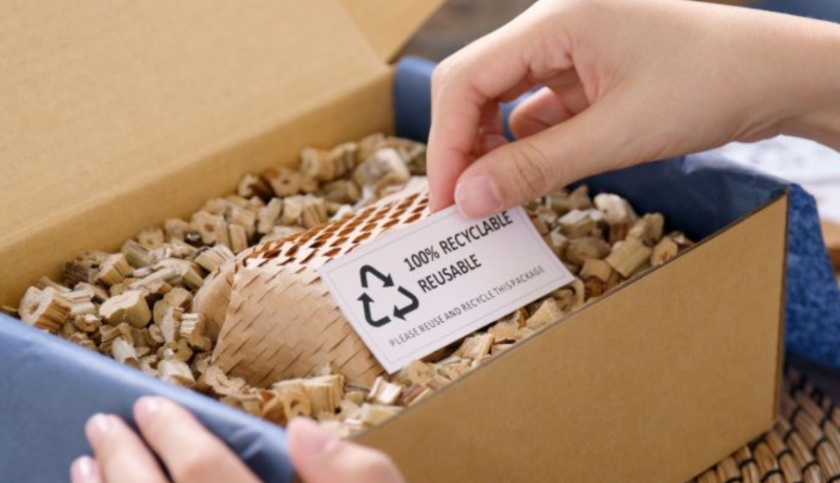Apparel brands are increasingly looking for ways to be more eco-conscious. A lot of the time, that amounts to sourcing cotton from sustainable producers or minimizing water usage in the production process.
But what if the shirt itself actually made a difference?
UK-based clothing designer Vollebak, which bills itself as making “clothes for the future,” created a black T-shirt dyed with algae, which naturally produces oxygen and absorbs carbon dioxide.
That algae dye isn’t just for the sake of photosynthesis, though. Many black inks are made with a material called carbon black, which is produced by burning petroleum to create a black powder used in pigments.
Vollebak’s design for the Black Algae T-shirt instead uses algae that it says is grown in open ponds to create the black pigment for the shirt, which it did in partnership with a U.S. biomaterials company called Living Ink.
Vollebak Unveils An Ultra-Sustainable Black Algae-Dyed Eucalyptus T-Shirt https://t.co/bwTIbmZrir pic.twitter.com/nxMTiz5fPz
— HICONSUMPTION (@HiConsumption) August 4, 2021
“After it’s harvested, the algae byproduct is heat treated to concentrate it into a black powder, which we use as pigment,” the company’s site says. “This treatment seals in carbon dioxide which has been absorbed by the algae during its lifespan, preventing it from making its way back into the atmosphere. The black powder is then purified and mixed with a water-based binder to create black algae ink.”
The hope is that the process allows the apparel industry to eventually phase out carbon black, with companies instead opting for more eco-conscious materials, the same way algae has been used as a pigment in printing on a smaller scale.
“Algae is a fascinating material for many reasons, including that it stores carbon,” Vollebak co-founder and CEO Steve Tidball told Fast Company. “You would have to use it at a mass scale to score a lot of carbon, so for this project what we are most interested in is proof of concept.”
Here’s the catch, though: Just like health food is typically more expensive than junk food, the shirt costs a pretty penny. Listed at $110, it’s not totally accessible to the average T-shirt shopper. But, as a “proof of concept” like Tidball says, it shows that algae can be used to totally dye a garment, rather than just be a part of the ink screen printed on.
The shirt is designed to be resistant to UV fading, and is washed using a mango-based softener for a worn-in fit from day one.
Finally, as an added environmental bonus, the shirt is totally biodegradable in 12 weeks, meaning there’s no risk of it sitting in a landfill forever once it’s discarded.
Is it expensive? Relatively so, yes. But, if algae as a dye for shirts becomes more common, that cost will likely go down as the apparel industry looks toward more eco-conscious alternatives.


